DECARBONIZATION
Deployment of a Robust DC Fast Charging Infrastructure is Critical for the Widespread Adoption of Electric Vehicles
Although the adoption of electric vehicles (EVs) has continued to grow over recent years, some key technology initiatives are still necessary to spur widespread acceptance across a broader range of end-users.
One critical element in the development of ubiquitous fast-charging stations that can recharge EVs rapidly so that the consumers’ experience is short and easy – much like the way they currently fill a conventional vehicle with fuel.
Achieving this goal requires getting charge times down to a matter of minutes instead of the typical hours-long charging cycles most EV owners experience today.
This article provides an overview of EV charging methodologies and explores what is involved with developing and deploying new DC Fast Charging infrastructures.
One critical element in the development of ubiquitous fast-charging stations that can recharge EVs rapidly so that the consumers’ experience is short and easy – much like the way they currently fill a conventional vehicle with fuel.
Achieving this goal requires getting charge times down to a matter of minutes instead of the typical hours-long charging cycles most EV owners experience today.
This article provides an overview of EV charging methodologies and explores what is involved with developing and deploying new DC Fast Charging infrastructures.

Evolution of EV Charging Methodologies
The majority of early EV designs were based around an AC charging approach rather than direct DC charging.
AC charging takes advantage of two key factors:
- AC charging leverages the ubiquity of existing AC outlets
- Putting an AC-to-DC charger onboard the EV enables the use of standard AC outlets
- Onboard charging systems add significant cost, space, and weight to the vehicle
- Using AC-to-DC conversion in the vehicle is an inherently slow process
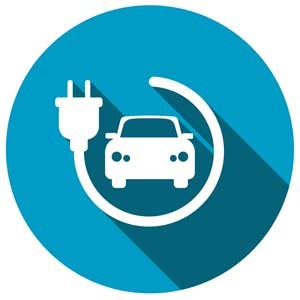
Level 1
This consists of simply plugging the vehicle into a standard AC electrical outlet, which provides maximum convenience for charging at home. However, Level 1 charges very slowly, offering about 5 miles of Range Per Hour (RPH). This means it is most useful when a vehicle is parked for several hours, such as charging overnight.
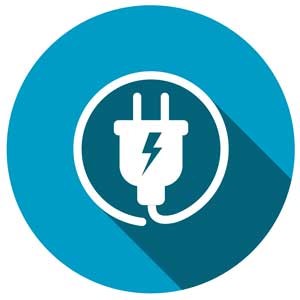
Level 2
These types of systems are used in most public charging stations and can boost the recharge speed by 12 to 25 RPH, thereby providing up to 6 times faster charging. Level 2 systems can serve residential and commercial charging requirements and are most often seen at businesses that want to offer to charge for customers, such as restaurants, shopping malls, sporting venues, and other locations where users may be parked for a few hours.
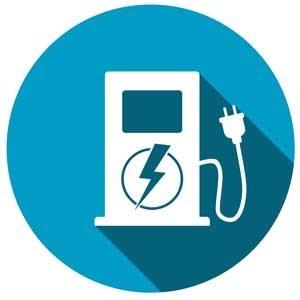
DC Fast Charging
These advanced charging systems provide high-speed delivery of DC charging directly to the vehicle without the need for onboard AC-to-DC conversion. Many DC Fast Charging systems today can provide an 80% charge in as little as 15 minutes.
Evolution of EV Charging Methodologies
Whereas some industry experts view Level 1 and Level 2 as little more than “glorified wall sockets” most see DC Fast Charging as a true game-changer.
DC Fast Charging’s significantly faster charge times offer the much-needed technology leap to put longer distance EV driving on a par with conventional fossil fuel fill-ups at traditional gas stations.
Consumers will no longer face the prospect of having to wait for hours while their EV is recharged. The target is to have recharging times close to what consumers currently experience for petrol refueling (approx. 5 minutes). Widespread deployment of DC Fast Charging stations will not only open the way for consumers to extend the effective range of their EVs; it will also make electric-powered commercial vehicles, such as long-haul trucking, much more viable.
DC Fast Charging’s significantly faster charge times offer the much-needed technology leap to put longer distance EV driving on a par with conventional fossil fuel fill-ups at traditional gas stations.
Consumers will no longer face the prospect of having to wait for hours while their EV is recharged. The target is to have recharging times close to what consumers currently experience for petrol refueling (approx. 5 minutes). Widespread deployment of DC Fast Charging stations will not only open the way for consumers to extend the effective range of their EVs; it will also make electric-powered commercial vehicles, such as long-haul trucking, much more viable.
Keys to Deployment of DC Fast Charging Infrastructure
Data Bridge Market Research predicts that DC Fast Charging will represent the largest share of growth in the overall EV charging market, which is projected at a 48% CAGR through 2026.
However, the ubiquitous deployment will depend on significant changes in both EV designs and in high-volume, cost-effective production of DC Fast Charging stations.
It is important to note that not all plug-in cars on the road today have a DC charging port and most hybrids can only charge via Level 1 or 2 AC charging systems. This is changing as vehicle manufacturers shift toward supporting DC Fast Charging methods in new vehicle introductions.
A related issue is the standardization of DC Fast Charging methodologies. Two standards have gained significant acceptance over recent years.
The Combined Charging System (CCS) standard uses combo connectors to allow both AC charging and fast DC charging options within the same station. First pioneered in the European Union in 2014, CCS technology has been adopted by SAE and is also gaining wide acceptance in the U.S. CSS is supported by many automotive manufacturers including, BMW, Daimler, FCA, Ford, Jaguar, General Motors, Groupe PSA, Honda, Hyundai, Kia, Mazda, MG, Polestar, Renault, Tesla, and Volkswagen Group.
The other leading methodology is CHAdeMO (an abbreviation of CHArge de Move), which was proposed as a global standard by five major Japanese companies in 2010 and is included in the IEC61851-23 charging system and communication standard. As of April 2019, there were roughly 25,300 CHAdeMO charge points globally, with the biggest share, 9,200, in Europe, 7,600 in Japan, 3,200 in North America, and more than 5,300 elsewhere. Also, in April 2020, CHAdeMO 3.0 was released as an update co-developed by Japan and China, which is likely to accelerate further global adoption.
In addition, some EV manufacturers have already launched deployment of proprietary, high-speed, fast DC charging systems. Most notably, the Tesla Supercharger network includes more than 1,800 stations with over 16,000 superchargers. While such initiatives can enhance the value of specific automotive lines, such as Tesla, their lack of interoperability to support other EVs mean these networks are less impactful in helping drive overall EV adoption.
The range of different charging standards also has engendered a variety of plug configurations in use today, as illustrated below.
However, the ubiquitous deployment will depend on significant changes in both EV designs and in high-volume, cost-effective production of DC Fast Charging stations.
It is important to note that not all plug-in cars on the road today have a DC charging port and most hybrids can only charge via Level 1 or 2 AC charging systems. This is changing as vehicle manufacturers shift toward supporting DC Fast Charging methods in new vehicle introductions.
A related issue is the standardization of DC Fast Charging methodologies. Two standards have gained significant acceptance over recent years.
The Combined Charging System (CCS) standard uses combo connectors to allow both AC charging and fast DC charging options within the same station. First pioneered in the European Union in 2014, CCS technology has been adopted by SAE and is also gaining wide acceptance in the U.S. CSS is supported by many automotive manufacturers including, BMW, Daimler, FCA, Ford, Jaguar, General Motors, Groupe PSA, Honda, Hyundai, Kia, Mazda, MG, Polestar, Renault, Tesla, and Volkswagen Group.
The other leading methodology is CHAdeMO (an abbreviation of CHArge de Move), which was proposed as a global standard by five major Japanese companies in 2010 and is included in the IEC61851-23 charging system and communication standard. As of April 2019, there were roughly 25,300 CHAdeMO charge points globally, with the biggest share, 9,200, in Europe, 7,600 in Japan, 3,200 in North America, and more than 5,300 elsewhere. Also, in April 2020, CHAdeMO 3.0 was released as an update co-developed by Japan and China, which is likely to accelerate further global adoption.
In addition, some EV manufacturers have already launched deployment of proprietary, high-speed, fast DC charging systems. Most notably, the Tesla Supercharger network includes more than 1,800 stations with over 16,000 superchargers. While such initiatives can enhance the value of specific automotive lines, such as Tesla, their lack of interoperability to support other EVs mean these networks are less impactful in helping drive overall EV adoption.
The range of different charging standards also has engendered a variety of plug configurations in use today, as illustrated below.
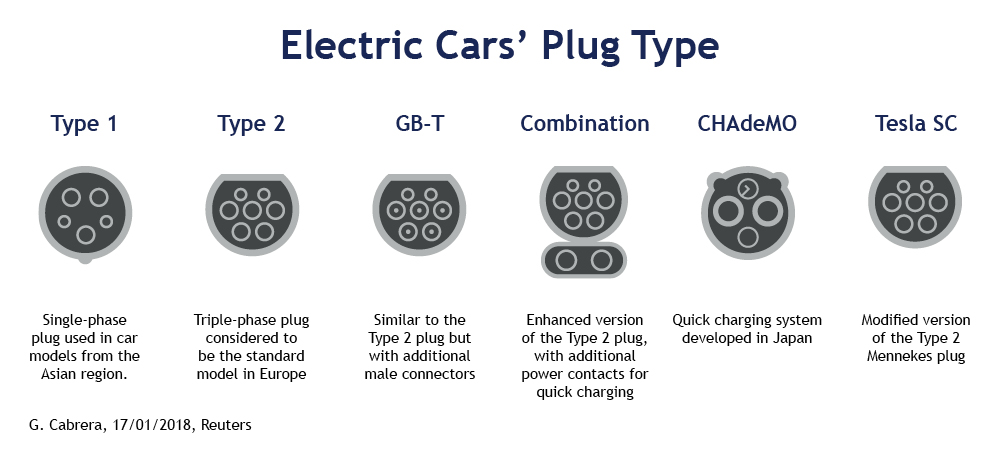
It should be noted that most DC Fast Charging systems typically charge batteries to 80% of the maximum before slowing down the process. Avoiding repeated charges to 100% has been shown to be an important factor for extending overall battery lifetimes.
Also, thermal management will be critical, both at the connector level and battery level when charging. The faster the charge, the more heat issues will arise. Some DC Fast Charging systems may incorporate liquid cooling for the connectors and power transmission cables.
Also, thermal management will be critical, both at the connector level and battery level when charging. The faster the charge, the more heat issues will arise. Some DC Fast Charging systems may incorporate liquid cooling for the connectors and power transmission cables.
Enabling Technologies for Production and Deployment of DC Fast Charging
Regardless of the standards supported or specific methodologies being used, successful widespread deployment of DC Fast Charging stations will require bringing together a variety of enabling technologies to assure performance, robustness, and low enough cost points to drive acceptance.
Key enabling technologies for the next generation of DC Fast Charging include:
Key enabling technologies for the next generation of DC Fast Charging include:
- Electrical connections & mechanical packaging
- Power modules (charging units are essentially big inverters/converters)
- Busbars
- Control units
- Battery interconnect systems
- Cabinetry i.e. chassis & enclosures
- Thermal management solutions for connectors and batteries
Summary
Virtually all industry players agree that widespread deployment of DC Fast Charging will be an important inflection point for spurring the ultimate transition from fossil fuel vehicles to ubiquitous adoption of EVs by end consumers and commercial transportation companies.
As we are now seeing, the rise of regional and ultimately global standards will play a key role in this transition, as will the availability of a robust supply chain for the underlying technologies to make cost-effective deployments possible.
As we are now seeing, the rise of regional and ultimately global standards will play a key role in this transition, as will the availability of a robust supply chain for the underlying technologies to make cost-effective deployments possible.
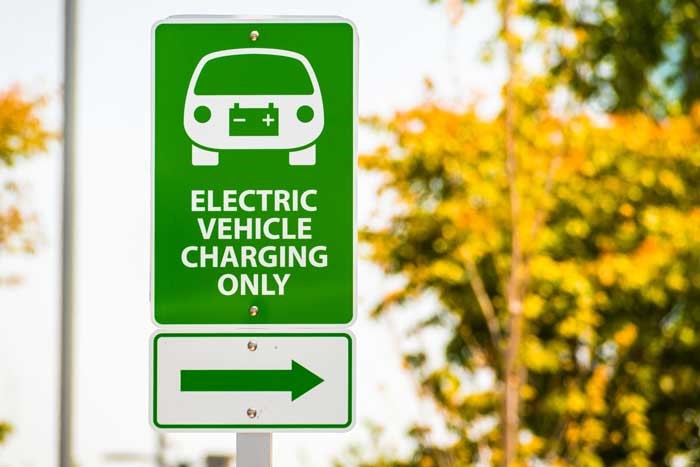
Find out more about our Energy and Power solutions.




